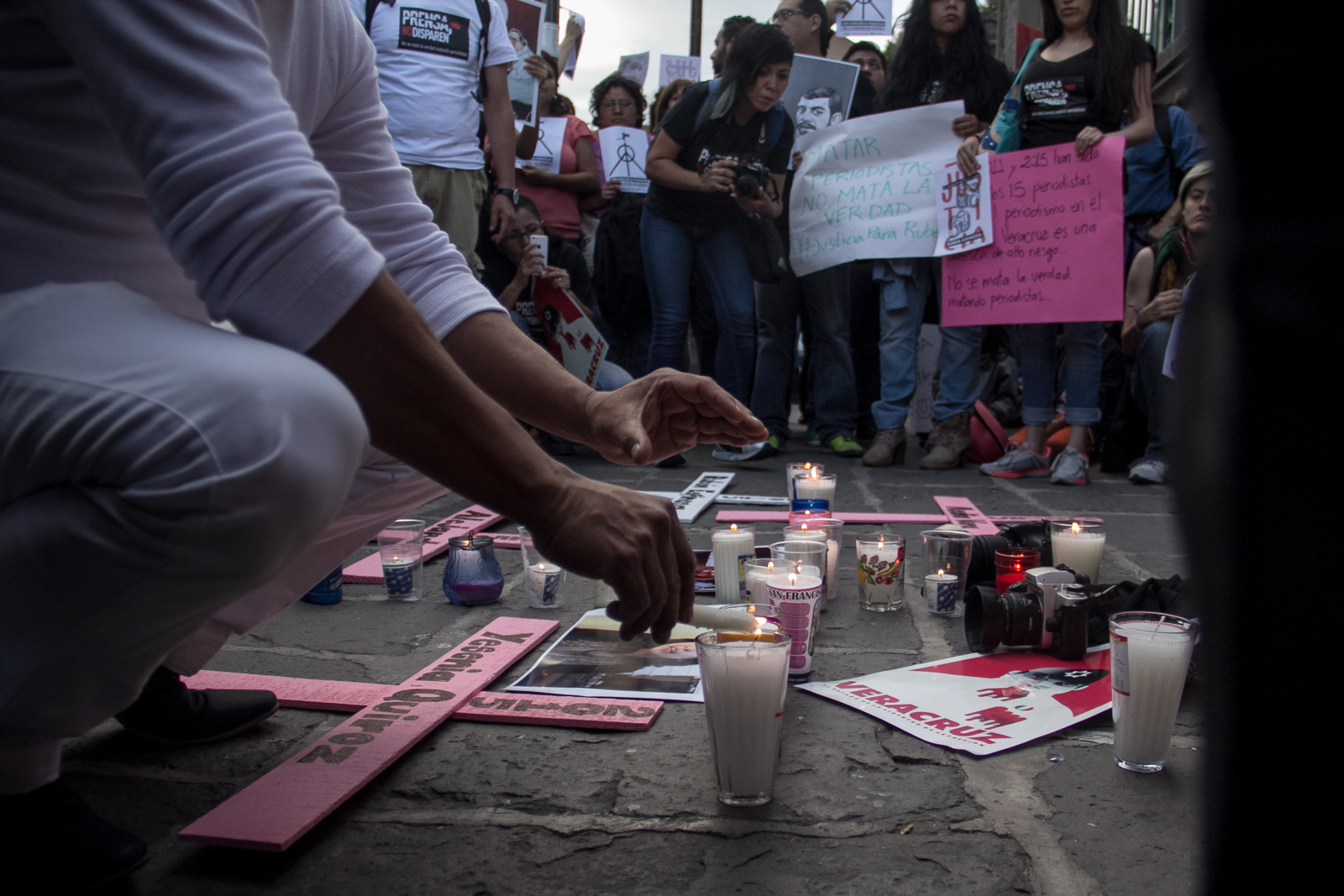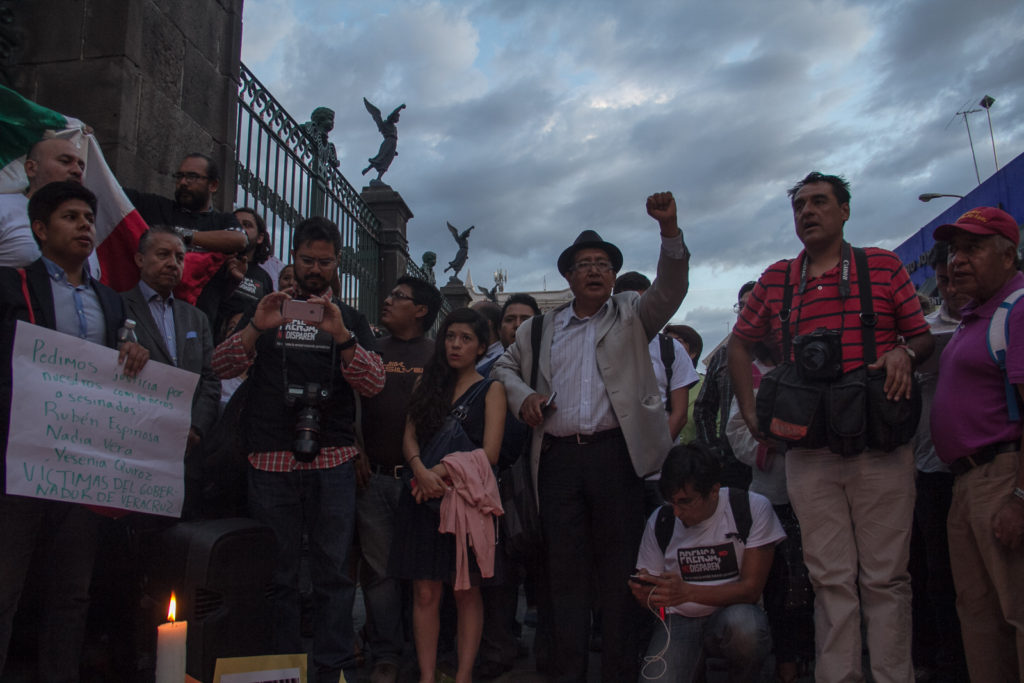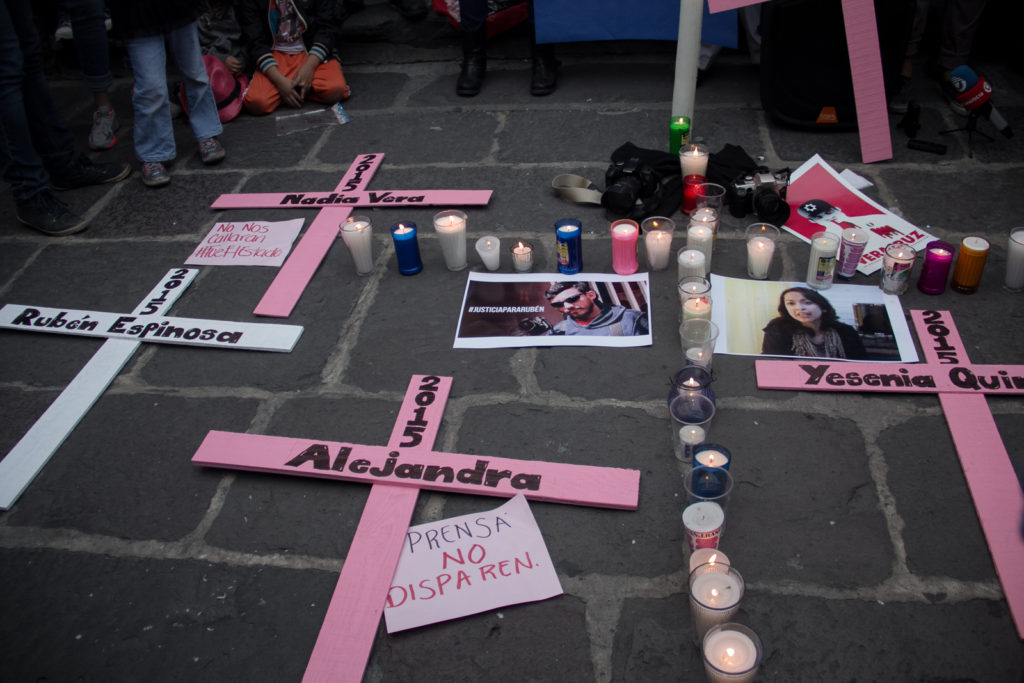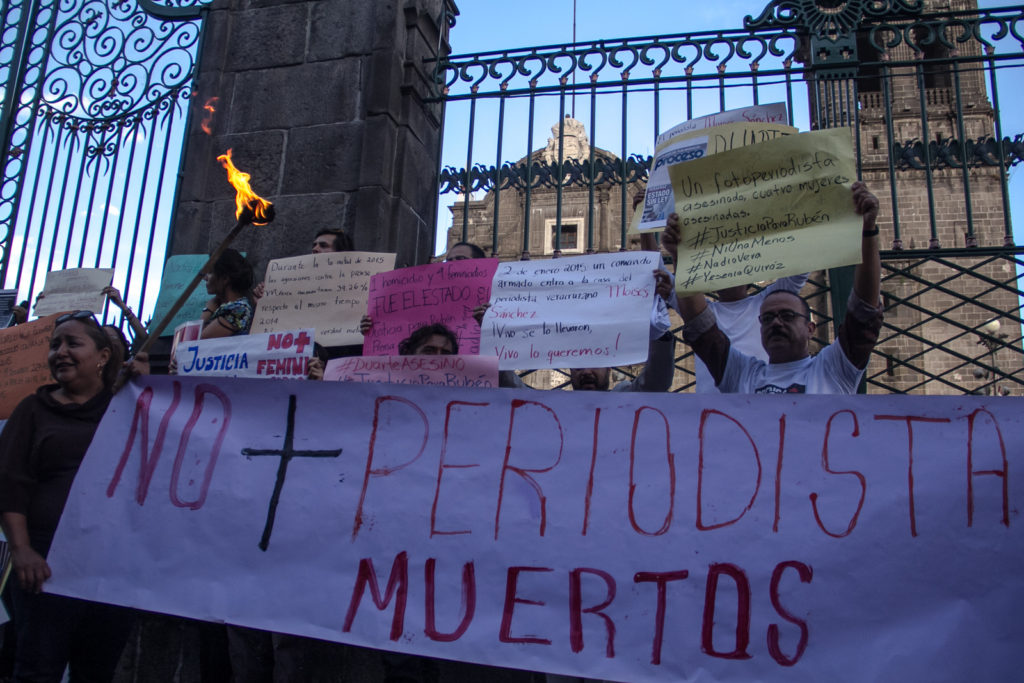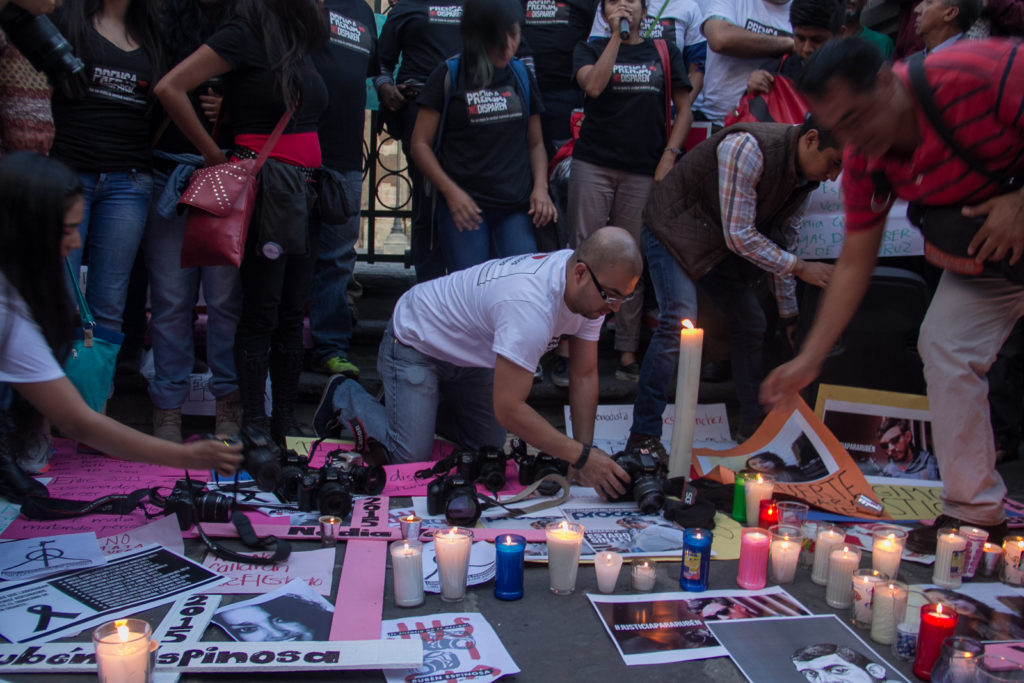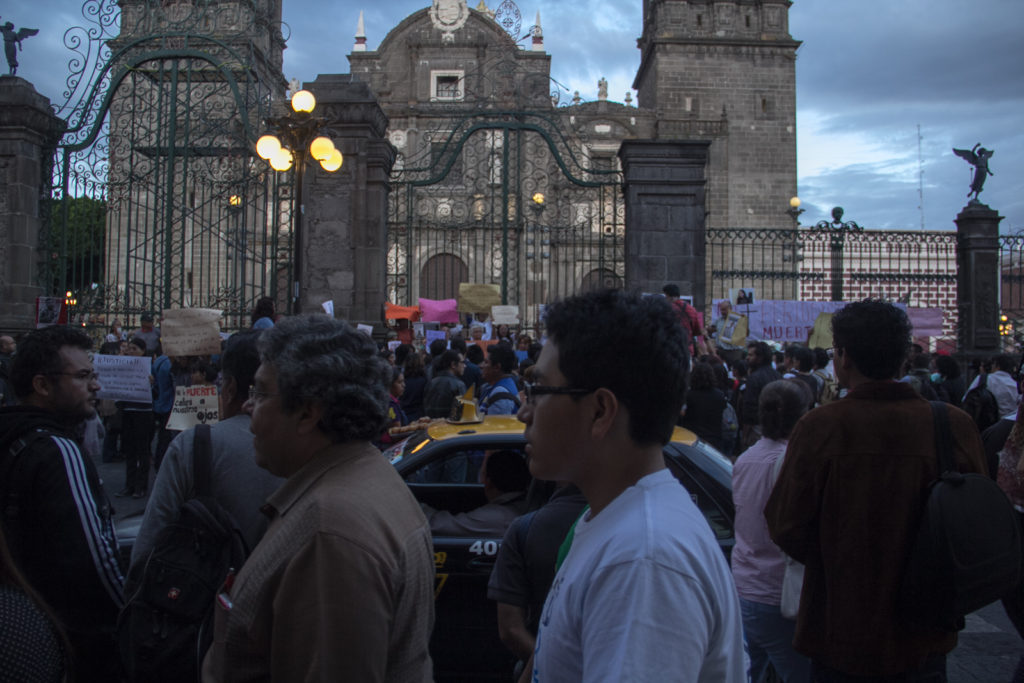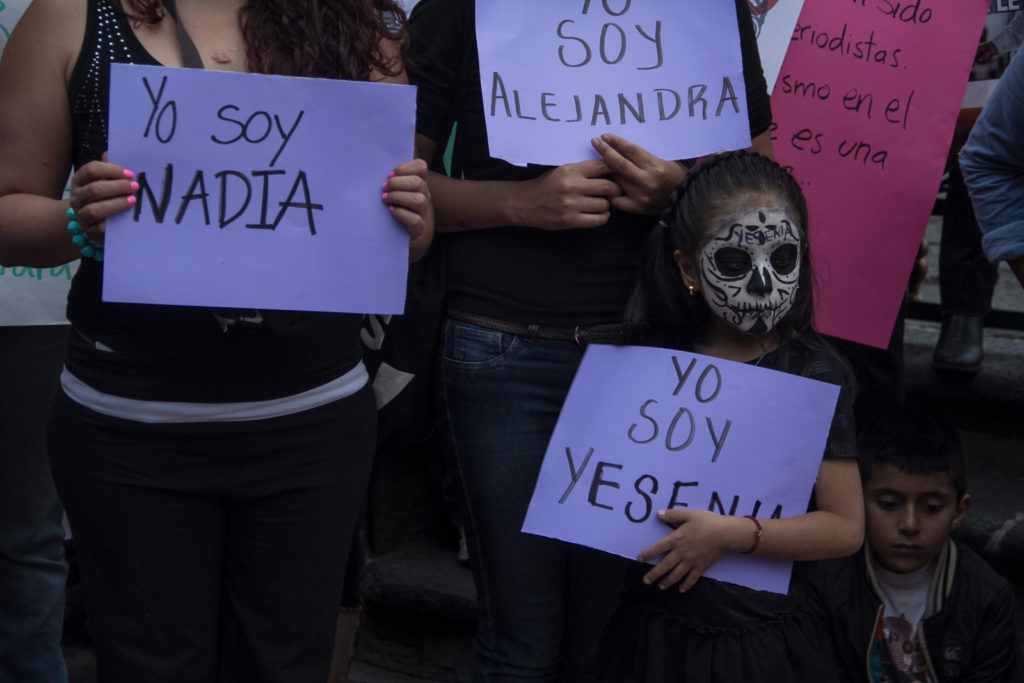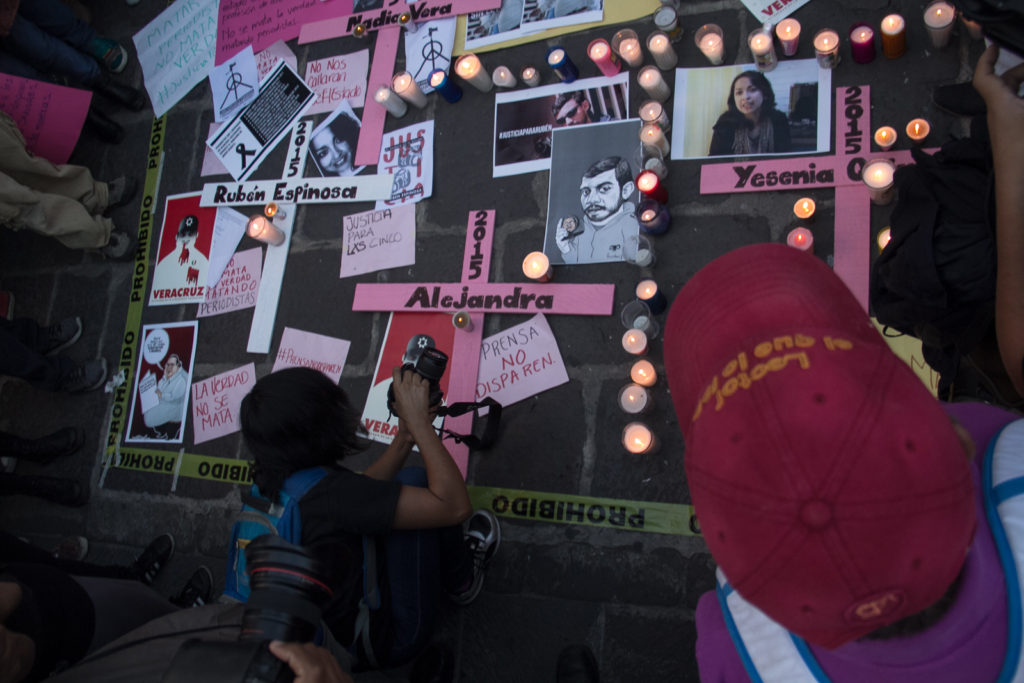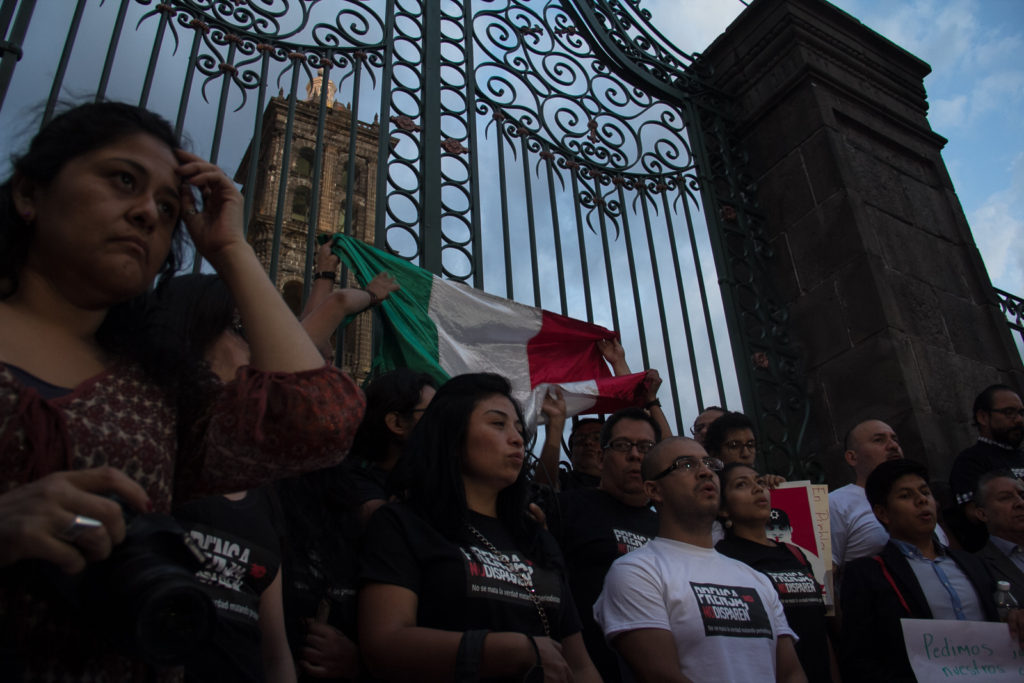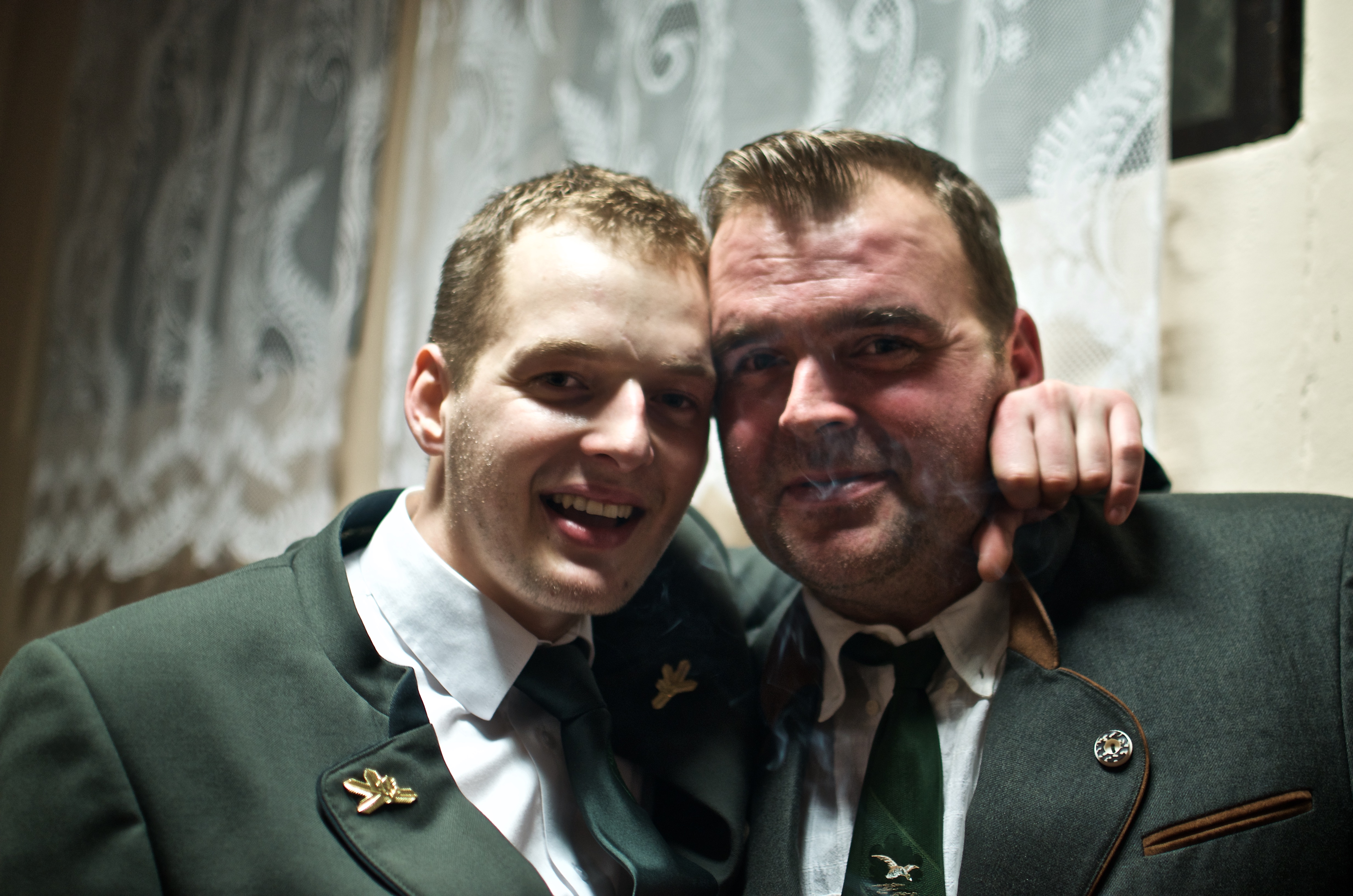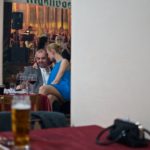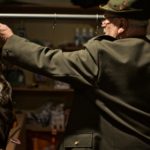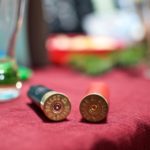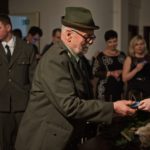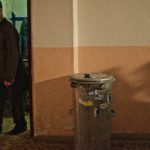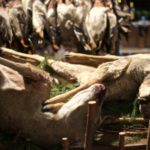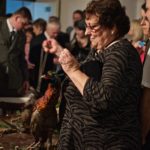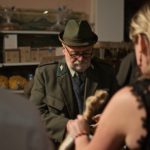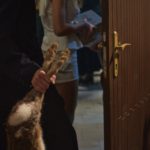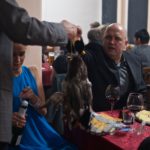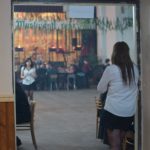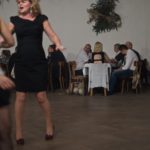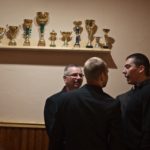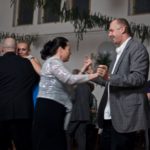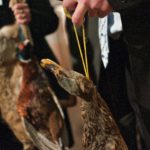PUEBLA, México — A Mexican news photographer was among five people found dead in the middle-class neighborhood of Narvarte, Mexico City, July 31.
Rubén Espinosa, former member of Proceso and collaborator with the news agencies Cuartoscuro and AVC News was among five victims discovered by police beaten and shot in the head; a month ago, Espinosa claimed in interviews that he felt threatened by the governor of Veracruz state, Javier Duarte.
Veracruz is one of the most dangerous Mexican states for journalists, with a total of 13 killed under Duarte’s watch. Espinosa is the seventh journalist killed in Mexico this year. In total, 41 journalists have been killed since 2010 according to the journalism advocacy group Article 19.
The indignation of the country resulted in an almost immediate response, as hundreds of journalists, photographers, and activists gathered in the principal cities in Mexico such as Guadalajara, Monterrey, Puebla, Xalapa and Veracruz to demand Duarte resign. A major protest in Mexico City was held at the capital’s Angel of Independence monument, where many people holding signs and carrying masks with Espinosa’s face shouted for justice.
The 31-year-old photojournalist specialized in documenting social movements in Veracruz state. Many of his works were critical of the ruling Institutional Revolutionary Party with which Duarte and former president Enrique Peña Nieto are associated.
Nadia Vera, an activist killed alongside Espinosa, released a video days before the massacre. The clip, posted online, she said that if anything happened to her or her fellow activists, it would be the fault of Duarte and the state of Veracruz.
Following these events, the state of Veracruz and Duarte said little, and Mexicans in general do not expect much to come from the politician. The only statement to come from Duarte acknowledged that the murder happened in Mexico state and not in Veracruz, but said it was a matter for other branches of government to deal with.
More demonstrations and protests are scheduled for next week, and a photo exhibit will be on display in a gallery in Mexico City to commemorate the work of Espinosa.
This next series of pictures is from a demonstration held in Puebla city.
Text and Pictures by David A Córdova
